#FONDO DE CULTURA ECONOMICA DE MEXICO
Explore tagged Tumblr posts
Text
COLOMBIA: AL NOBEL GARCÍA MÁRQUEZ TRIBUTO ESPECIAL DIA TRADICIONAL DEL PERIODISTA
COLOMBIA: SPECIAL TRIBUTE TO THE NOBELIZER GARCÍA MÁRQUEZ TRADITIONAL DAY OF THE JOURNALIST La invitación / The invitation Fabio Miguel Monroy Martínez. Coordinador Gral. del Evento. Consejero Global de DD.HH.II. y Rpte. Internacional en Colombia de La Agencia Mundial de Prensa. Director Ejecutivo Fundación S3IS.org,Coordinador en Colombia del Servicio Paz y Justicia en América Latina,…

View On WordPress
#AGRADECIMIENTOS#AL NOBEL GARCIA MARQUEZ#ALFONSO JAIME MARTINEZ LAZCANO#ANA BETTY CARDENAS HERRERA#ANA PAULA GUZMAN#ARACATACA#BOGOTA#CENTRO CULTURAL GABRIEL GARCIA MARQUEZ#CLAUDIA HELENA SERJE JIMENES#COELGIO DE PERIODISTAS CNP#COLEGIO DE ABOGADOS PROCESALISTAS DE MEXICO#COLOMBIA#CONVERSATORIOS CONSTRUCCION DE PAZ#CTV BARRANQUILLA#DIA DEL PERIODISTA COLOMBIANO#EDUARDO KRONFLY DAVID#EL PROFE JULIO ADAN HERNANDEZ#FABIO MIGUEL MONROY Excelencia en el desarrollo profesional#FABIO MIGUEL MONROY MARTINEZ#FONDO DE CULTURA ECONOMICA DE MEXICO#Fundación S3IS.ORG#GABRIELA ROCA#GRAN CRUZ DE LA DEMOCRACIA ALTA DISTINCION HONOR DIGNIDAD Y GLORIA#JULIAN ENRIQUE PINILLA MALAGÓN#la agencia mundial de prensa#LA CANDELARIA#lomasleido#NOENCY MOSQUERA MARTINEZ#ORGANIZACIÓN DE PERIODISTAS INDEPENDIENTES OPICOL#PERSONERO DISTRITAL DE BOGOTA
1 note
·
View note
Photo
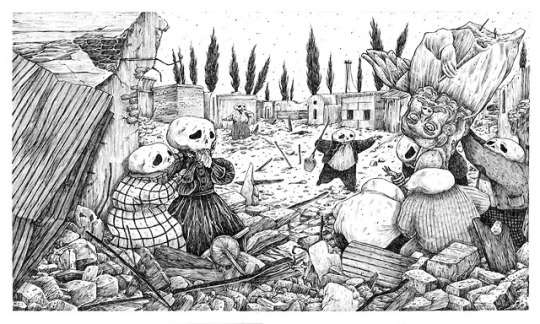
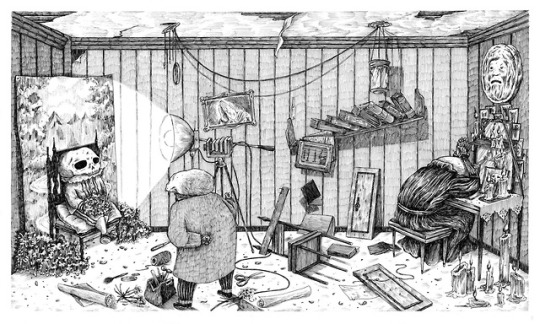
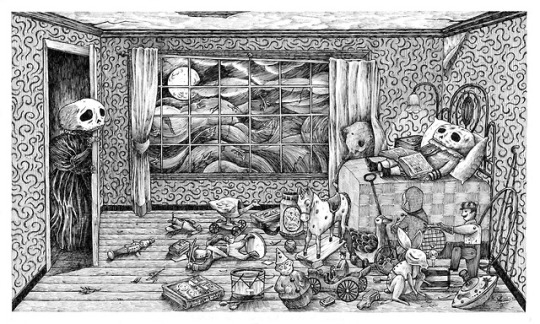
La Partida / Alberto Chimal ; ilustraciones de Nicolás Arispe - México : FCE, 2015.
#la partida#alberto chimal#fondo de cultura economica#mexico#libro infantil#ilustracion#illustration#Black and White#death#nicolas arispe
2 notes
·
View notes
Photo
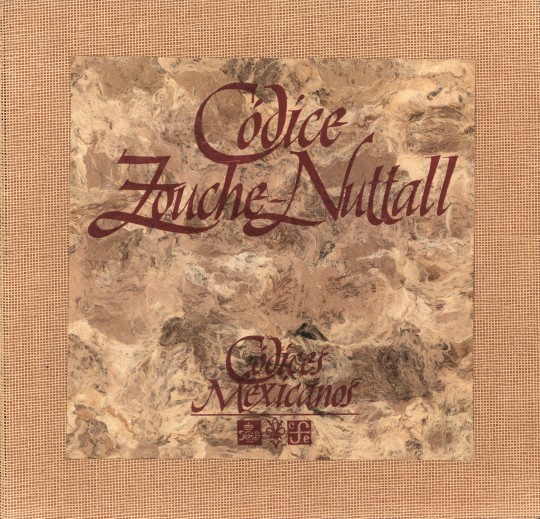
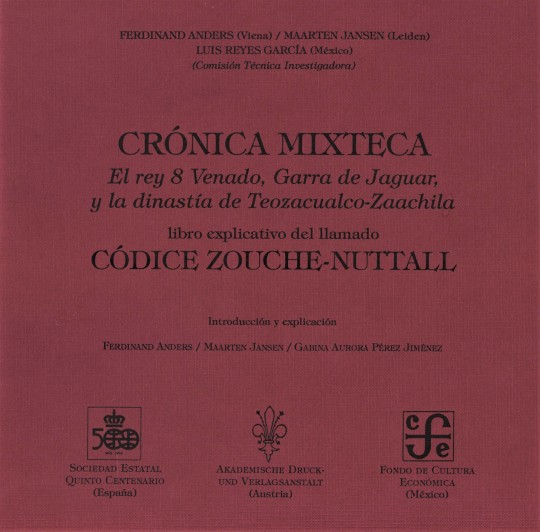
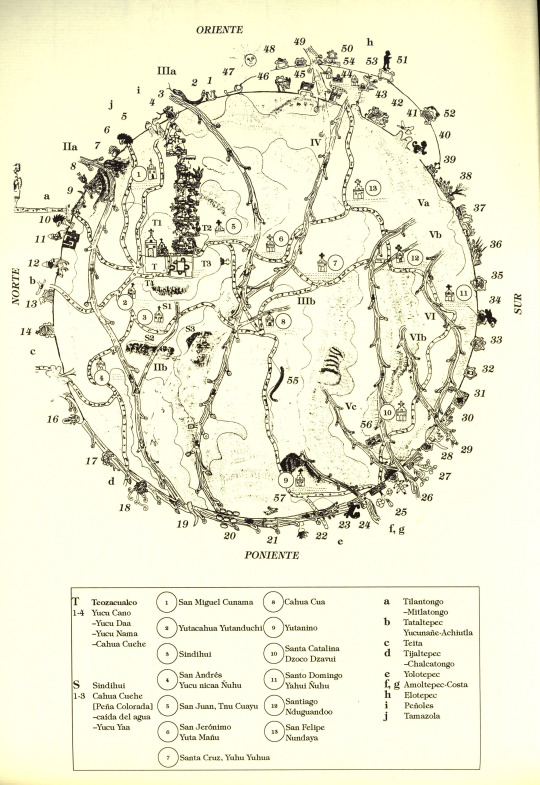

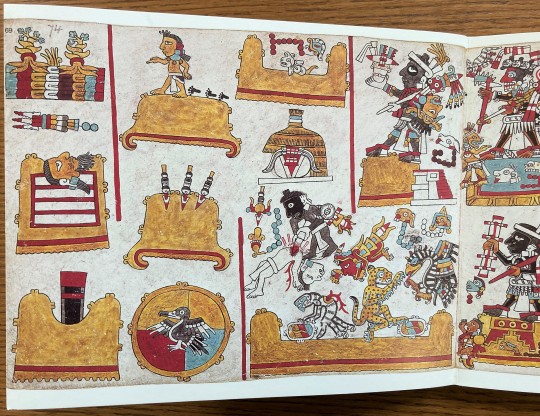
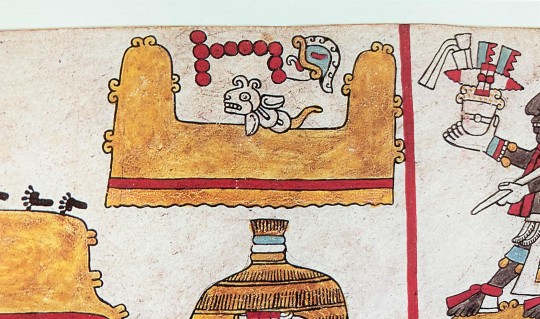
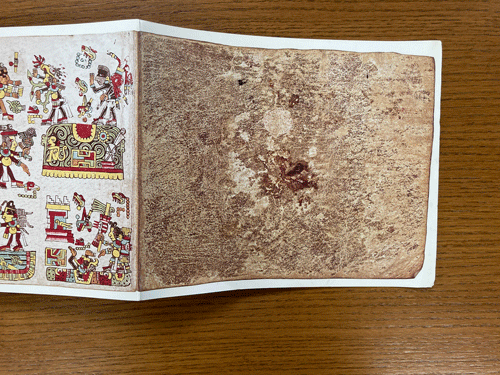

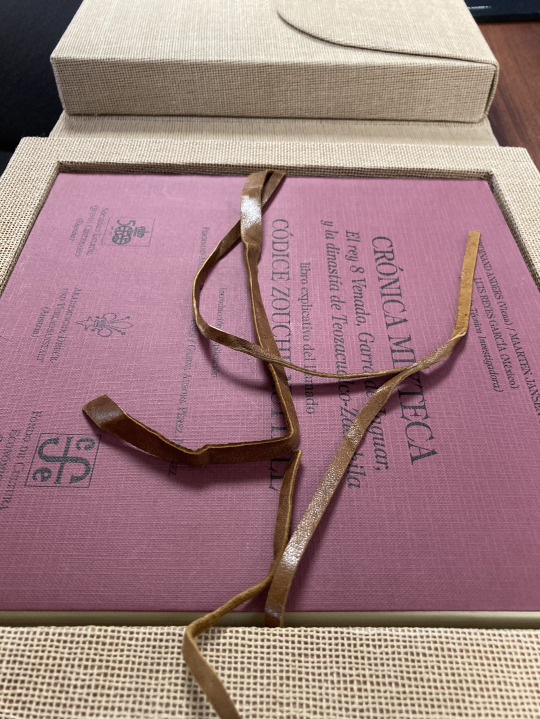
Día de los Muertos
Day of the Dead is not Mexican Halloween, it is a two-day Mexican celebration of the living and the dead, that overlaps with All Saints Day and All Souls Day. The celebration of death as a continuation of life could originate from the Aztec Lady of the Dead, Mictlancíhuatl. The days are filled with games, dance, and food at the ofrenda, oftentimes also at the cemetery where family and friends are buried. Most believe that the current tradition stems from a synthesis of Aztec and Catholic Spanish cultural traditions.
Our offering to celebrate is our facsimile edition of the Códice Zouche-Nuttall. The original codex is made of pieces of animal skins sewn in a screenfold style, likely made between the 13th and 14th centuries and currently housed in the British Museum. It details the dynastic reign of Oaxacan rulership of Tilantongo, in Mixtec logograph writing.
Our facsimile is a first edition printed in 1992 and accompanied by Crónica Mixteca: El rey 8 Venado, Garra de Jaguar, y la dinastía de Teozacualco-Zaachila, a book explaining the codex. Three scholars and organizations worked together to produce the commentary; Ferdinand Anders and Maarten Jansen with Akademische Druck-und Verlagsanstalt, Luis Reyes García with Sociedad Estatal Quinto Centenario and Fondo de Cultura Economica. The facsimile was printed in Austria while the accompanying text was printed in Mexico. Above we paired a page from the commentary with a page from the codex so that you can see how they identified each historical and mythological figure. We focused our imagery on the sacrificial scenes which are mimicked in the ofrenda’s of today!
To see our other Day of the Dead posts
To see our other facsimile posts
To see our posts on Mexican books and heritage
-Claire, Special Collections Graduate Intern
#claire#Dia de los Muertos#mixtec#axtec#ancestry#ofrendas#sacerdotes#All Souls Day#Mictlancihuatl#Codice Zouche-Nuttall#facsimile#commentary#Oaxaca#tilantongo#Ferdinand Anders#Maarten Jansen#Luis Reyes Garcia#Mexico#holidays
88 notes
·
View notes
Photo
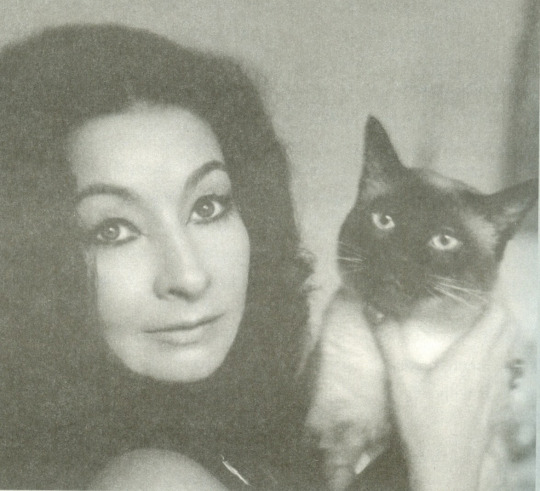
The Crying Cat: The Truth Behind Amparo Dávila’s Fiction
#lit#literature#the paris review#amparo davila#arboles petrificados#cats#characters#con los ojos abiertos#crying cats#d.h. lawrence#experimental#fantasy#fantasy and reality#fantasy to reality#fondo de cultura economica#franz kafka#gloom#la literatura vivencial#mexican author#mexico#moses and gaspar#moving#musica concreta#on translation#reality#short stories#surreal#three messages and a warning: contemporary mexican short stories of the fantastic#tiemp destrozado#translation
55 notes
·
View notes
Link
0 notes
Photo
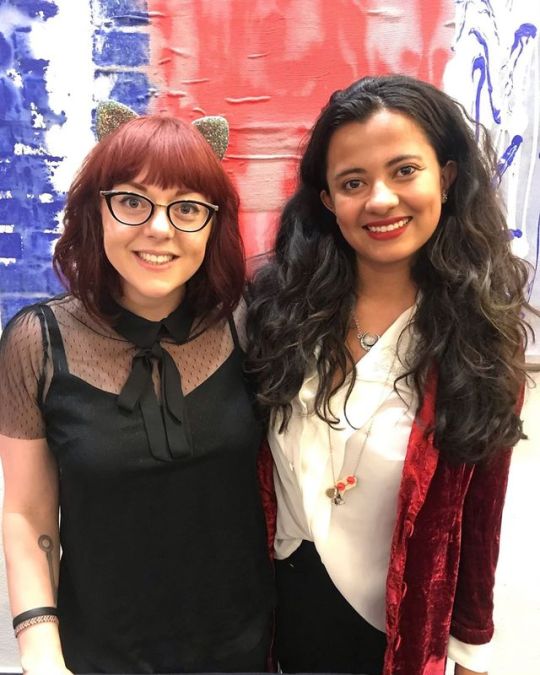
Had a blast of evening meeting my favorite author and wearing a fabulous outfit. Thank you @veschwab ❤️ you are so sweet and amazing. I love how you weave your stories and characters. Hope you had a great time in Mexico and I hope we may meet again ••••• “Anoshe was a word for strangers in the street, and lovers between meetings, for parents and children, friends and family. It softened the blow of leaving. Eased the strain of parting. A careful nod to the certainty of today, the mystery of tomorrow. When a friend left, with little chance of seeing home, they said anoshe. When a loved one was dying, they said anoshe. When corpses were burned, bodies given back to the earth and souls to the stream, those left grieving said anoshe. Anoshe brought solace. And hope. And the strength to let go.” V.E. Schwab . . . . . . . . #adarkershadeofmagic #monstersofverity #thenearwitch #vicious #vengeful #❤️ #🖤 #veschwab #mexico (at Fondo de Cultura Economica) https://www.instagram.com/p/Bxi5aB5gP18/?igshid=wrow5aeapmvc
0 notes
Photo
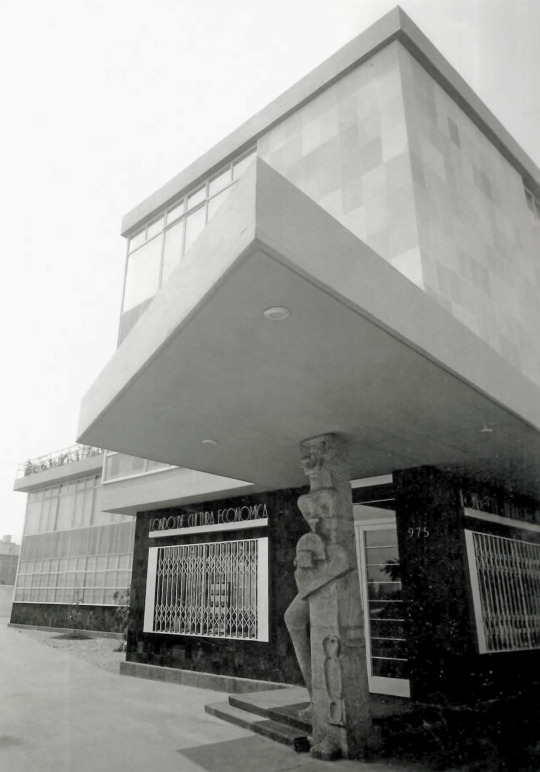
Pórtico de acceso con escultura de Luis Ortiz Monasterio, Edificio para el Fondo de Cultura Económica, av. Universidad esq Parroquia, Col. del Valle, Benito Juárez, Ciudad de México 1954 (destruido)
Arq. Enrique de la Mora
Entrance portico with sculpture by Luis Ortiz Monasterio, Fondo de Cultura Economica building, av. Universidad at Parroquia, Col. de Valle, Benito Juarez, Mexico City 1954 (destroyed)
#enrique de la mora#luis ortiz monasterio#del valle#benito juárez#mexico city#modernism#modern architecture#arquitectura moderna#modern art#arte moderno
80 notes
·
View notes